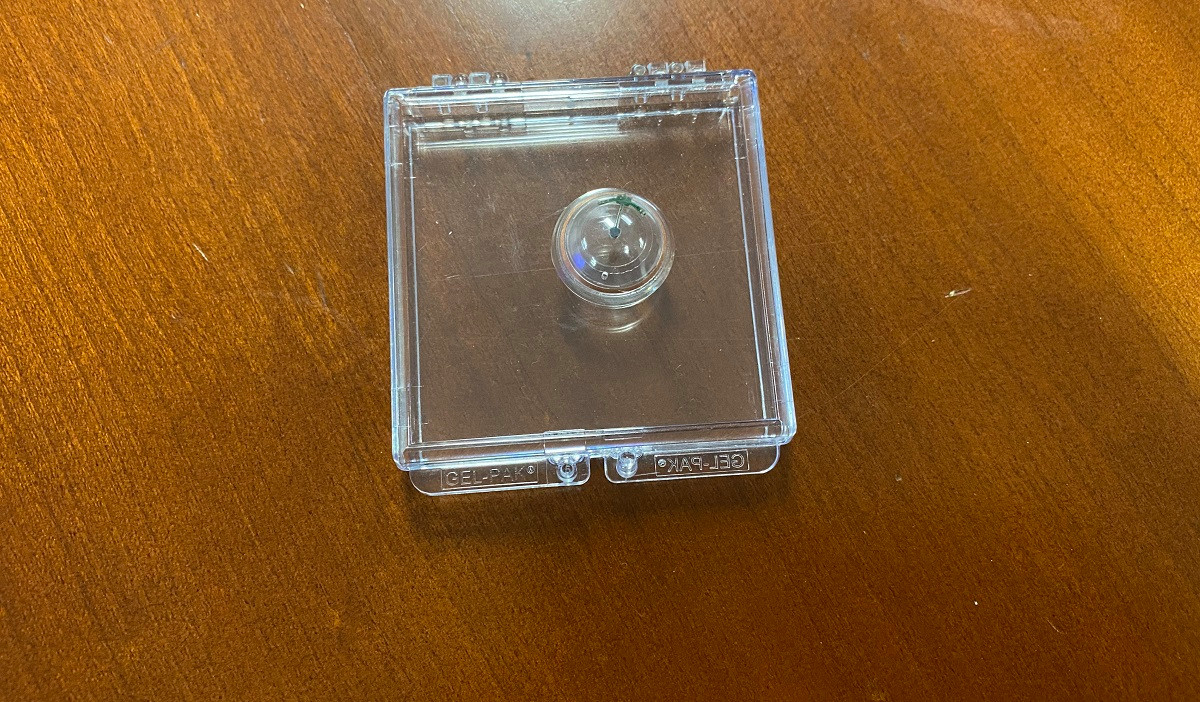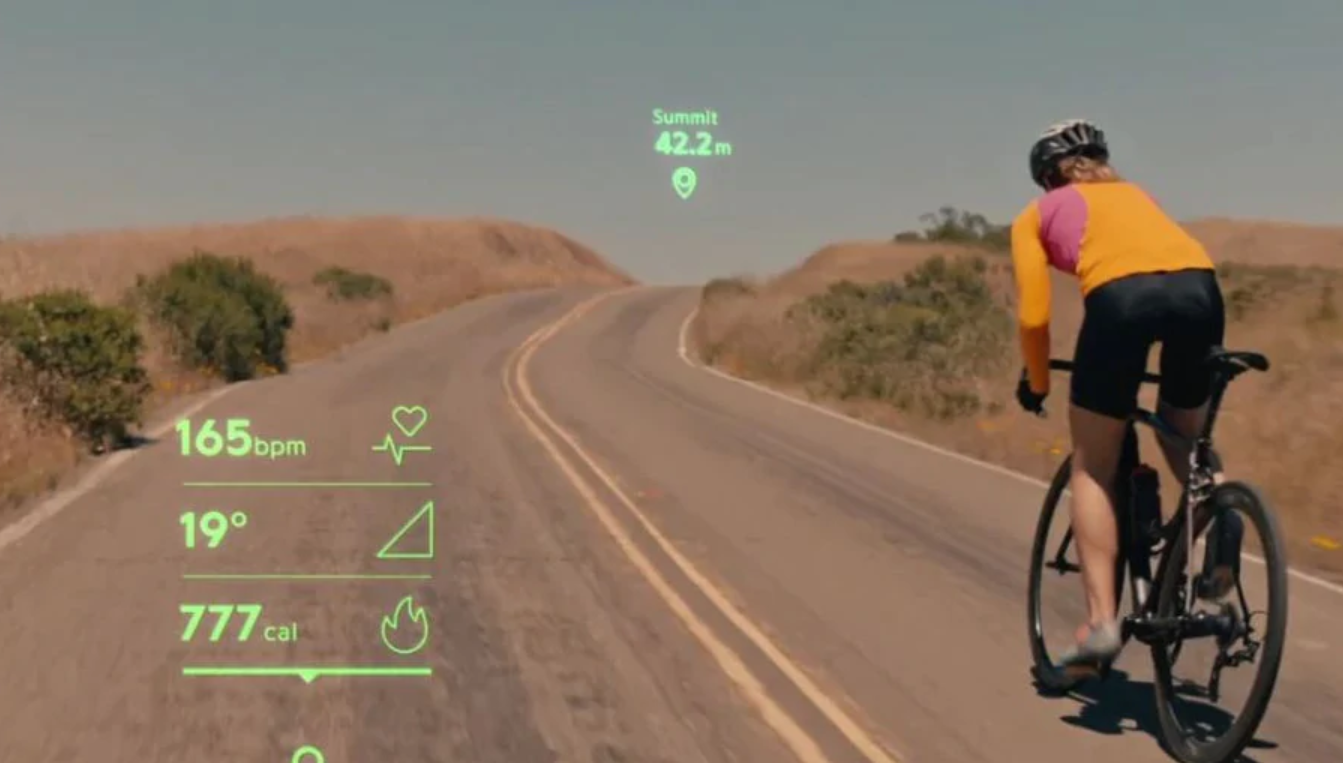How one little lens is going to have a big effect on AR, medicine, and emergency services.

The past decade in VR/AR technology has seen great steps forward from the experimental into the consumer base. From the tech’s early days when the first prototype for the Oculus Rift was designed in 2010, only to be premiered two years later at E3, to the 2016 release of Pokémon Go that proved to be an unexpected social craze, technological enhancements to reality have defined the industry’s innovation. Now, to kick off the new decade, California-based startup Mojo Vision has announced their revolutionary AR contact lens.
Mojo Vision, founded in 2015 but with research stretching back into 2008, has debuted a range of custom components that will be used in the creation of their contact lens. Notably, they’ve created their own microLED display that measures in at less than half a millimetre that fits 70,000 pixels. This microLED is imperceptible to the wearer and uses 90% less power and is brighter than an LCD display, and capable of the blacks of an OLED display. The display will project light through the eye, which transforms into chemical signals that are relayed to the vision centres of the brain.
“We’ve had to invent most everything we put in the lens.”
This microscopic display is the tip-of-the-iceberg in terms of specialised technologies the lens will need. “We’ve had to invent most everything we put in the lens,” Mojo Vision’s senior vice president of marketing Steven Sinclair told VentureBeat. To shoulder the burden of expensive funding, Mojo Vision has secured investments from a number of companies. With Gradient Ventures, LG, Stanford-StarX Fund, and many more investors behind them, Mojo Vision has acquired $108 million as well as being approved by the Food and Drug Administration for the Breakthrough Device Program.
Mojo Vision has stated that this product will not be made available to the consumer market for a few years, prioritising the seriously visually impaired. The lens software won’t be able to correct the wearer’s eye issues but rather adapts to their deficiencies such as highlighting blurry objects, enhancing the text on road signs, or even magnifying objects in sight. Mojo Vision, committing to the medical benefits of the contacts, have partnered with the Vista Centre for the Blind and Visually Impaired.

From there, Mojo Vision intends to expand into a wider range of users, specifically firefighters. Early simulated trials of the software have focused on assisting firefighters to coordinate together handsfree. Mojo Visions will be working with Motorola Solutions, the communications technology provider for the majority of firefighters. Mojo Vision has even had preliminary discussions with the US Department of Defense.
“It has to maintain your privacy, it needs to be safe, and it needs to be trustworthy.”
Mojo Vision, like its predecessor Google Glass, has raised a similar amount of skepticism to the storage of data and invasions of privacy. The lens requires data to be received by and transmitted back to Mojo Vision, potentially collecting information from the user’s day-to-day activities, such as interacting with products, exposure to political advertising, and frequent locations. Consequentially, this data could prove to be a valuable resource to companies and institutions attempting to personalise advertising. Sinclair reassured that data would only memorise faces over a short time period, “It has to maintain your privacy, it needs to be safe, and it needs to be trustworthy.”

With all these factors, Mojo Vision will not release their contact lens to for public purchase for many years, with clinical trials taking place in a couple of years. As of early December 2019, the company has received its Institutional Review Board certificate, allowing the employees to begin self-testing. Despite the distant release time, the promise of these contact lens presents an exciting advancement in the field.
Subscribe to FIB’s newsletter for your weekly dose of music, fashion and pop culture news!






